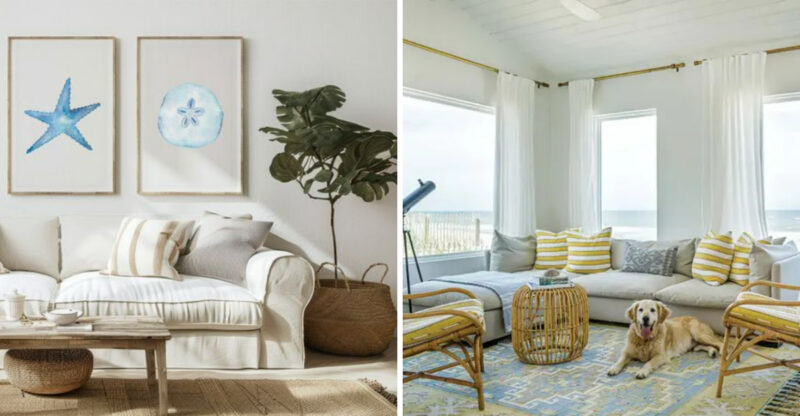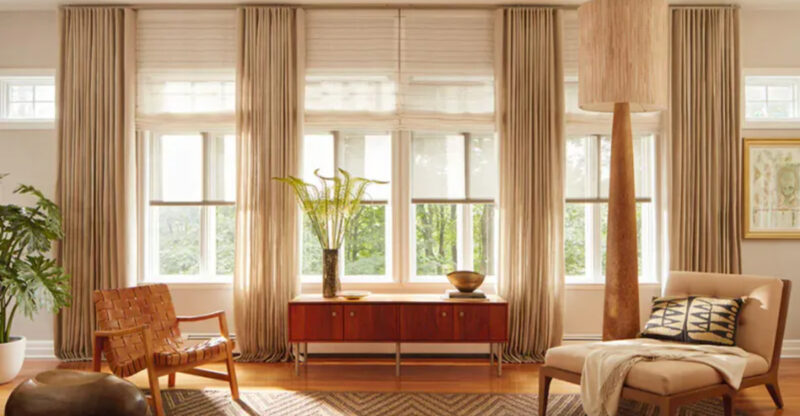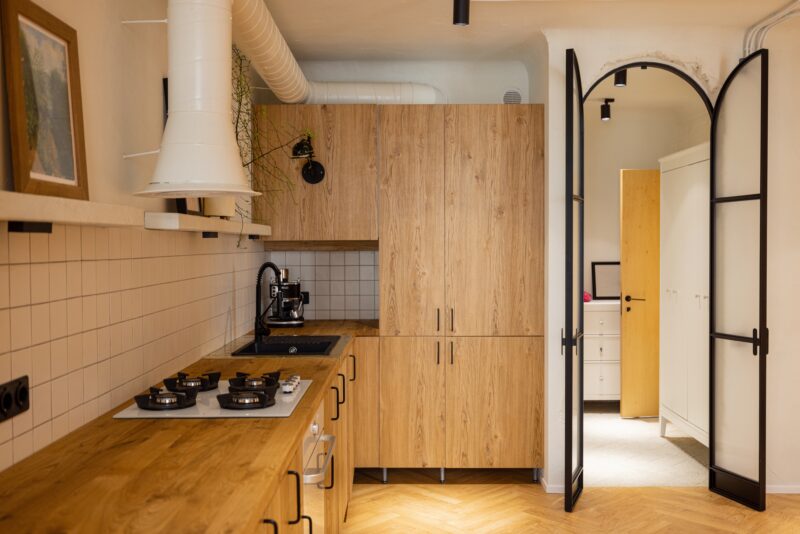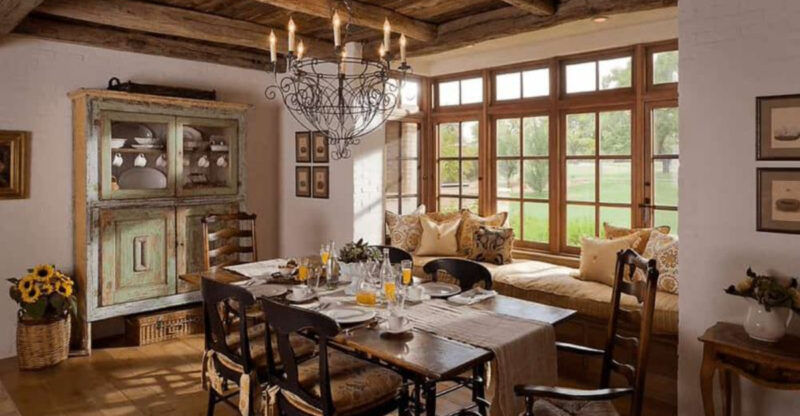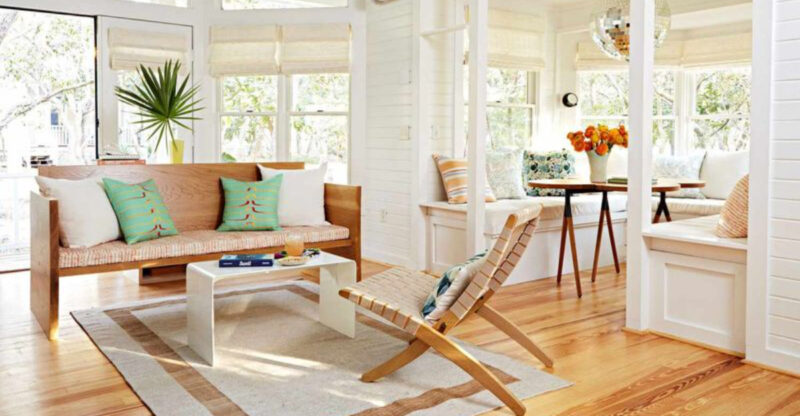10 Traditional Home Rooms That May Have Become Obsolete
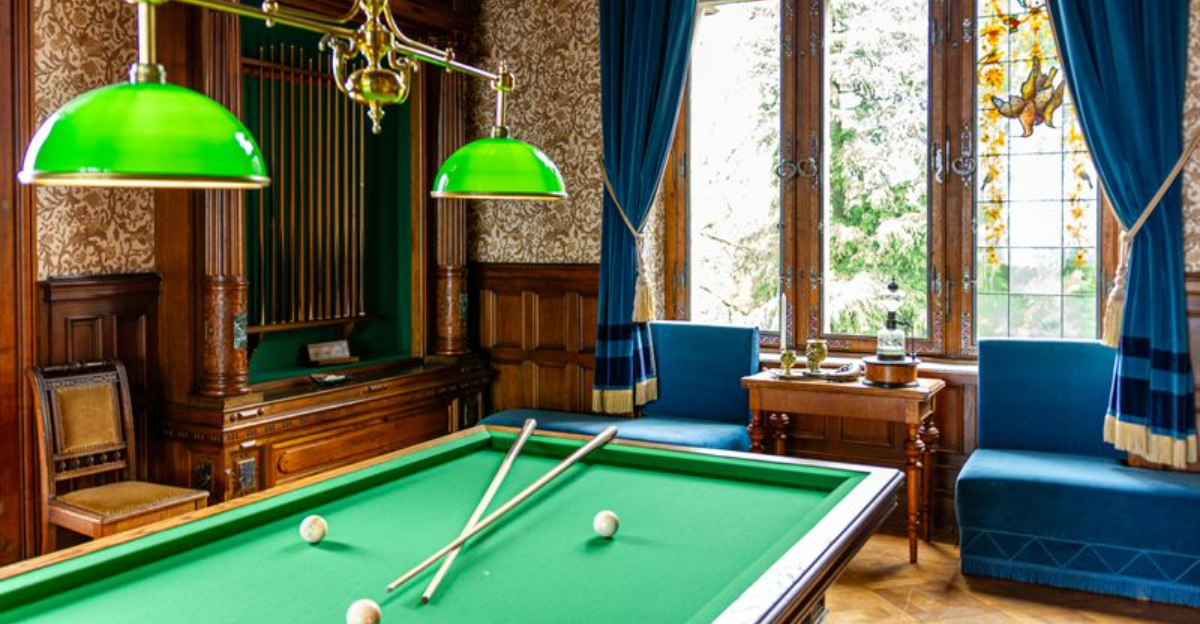
Remember those homes with rooms devoted to single purposes formal dining rooms, sewing rooms, or parlor spaces? Today’s lifestyles are more flexible, and open-plan layouts often take precedence over segmented spaces.
Many of these once-essential rooms have become less practical, replaced by multifunctional areas that adapt to work, play, and socializing.
While these observations reflect common trends, every home and family has unique needs, so what feels outdated to some may still work perfectly for others. Here are ten types of rooms that modern homeowners might now consider relics of the past.
1. Formal Dining Rooms
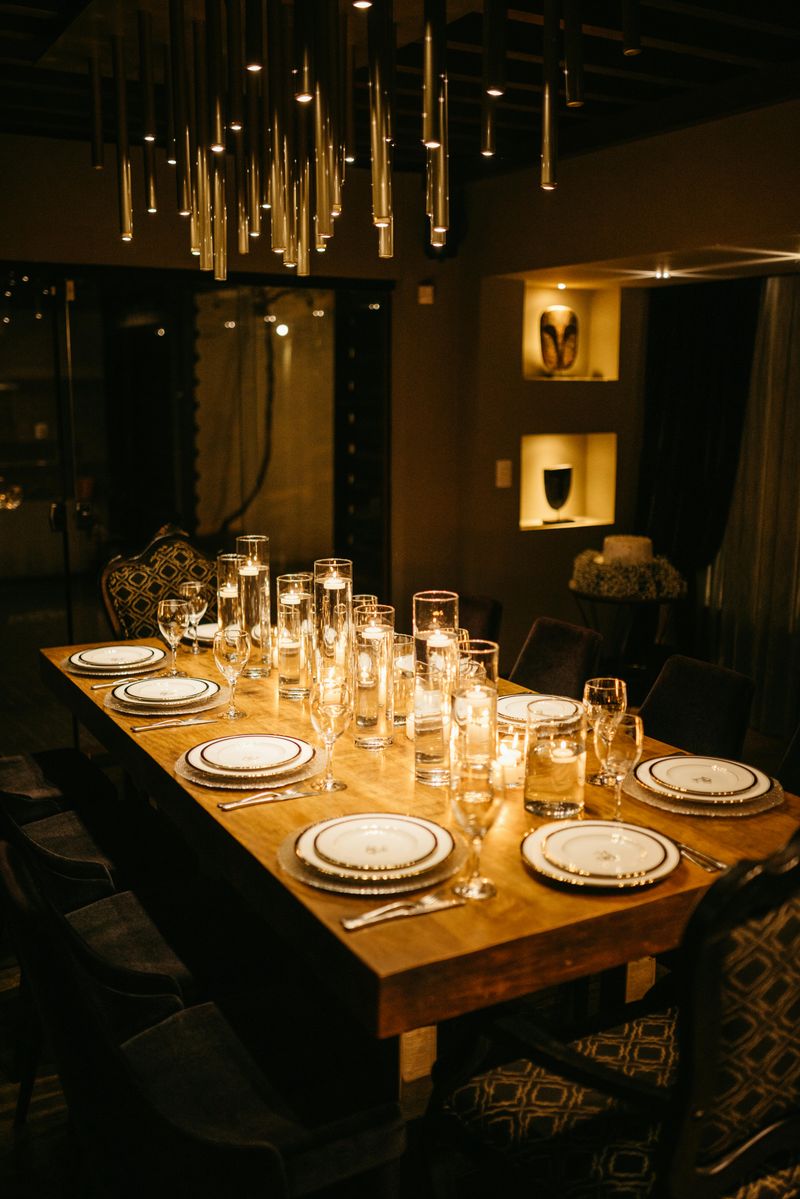
Once the crown jewel of entertaining, formal dining rooms now sit empty in many homes. Families increasingly prefer casual meals around kitchen islands or breakfast bars, making these grand spaces feel like wasted square footage.
Modern homes often convert these areas into multipurpose spaces. Some homeowners transform them into home offices, craft rooms, or extensions of their living areas. With busy schedules and relaxed social norms, the tradition of separate formal dining has become a luxury few families maintain.
The pandemic further accelerated this shift as people sought flexible spaces that serve multiple functions rather than rooms used only on special occasions.
2. Breakfast Nooks
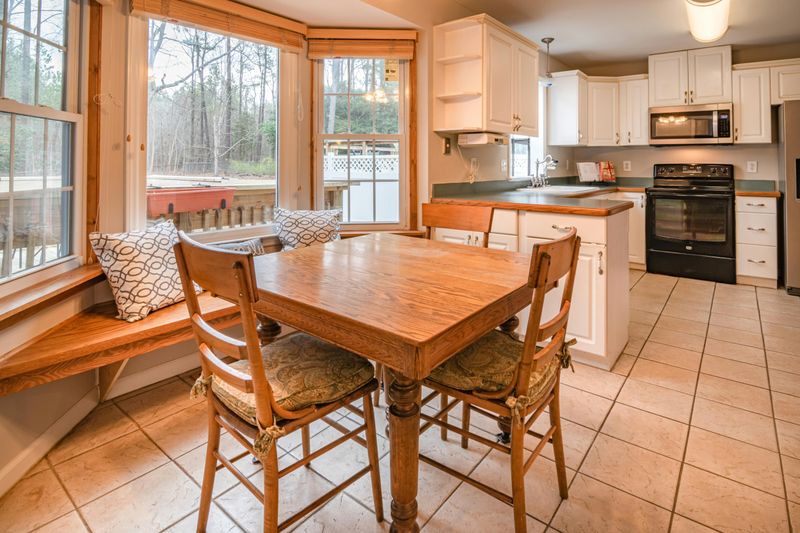
Those charming little corners with built-in benches and small tables are becoming less common in newer homes. Breakfast nooks originated when kitchens were strictly utilitarian spaces, not the social hubs they are today.
With open concept designs dominating modern architecture, dedicated breakfast areas seem redundant. Kitchen islands with bar seating have largely replaced these cozy corners, offering more flexible seating and better integration with the overall living space.
Many homeowners now prefer one dining area that serves all meals rather than maintaining separate spaces for formal and casual eating. This shift reflects our more relaxed approach to mealtimes and entertaining.
3. Parlors
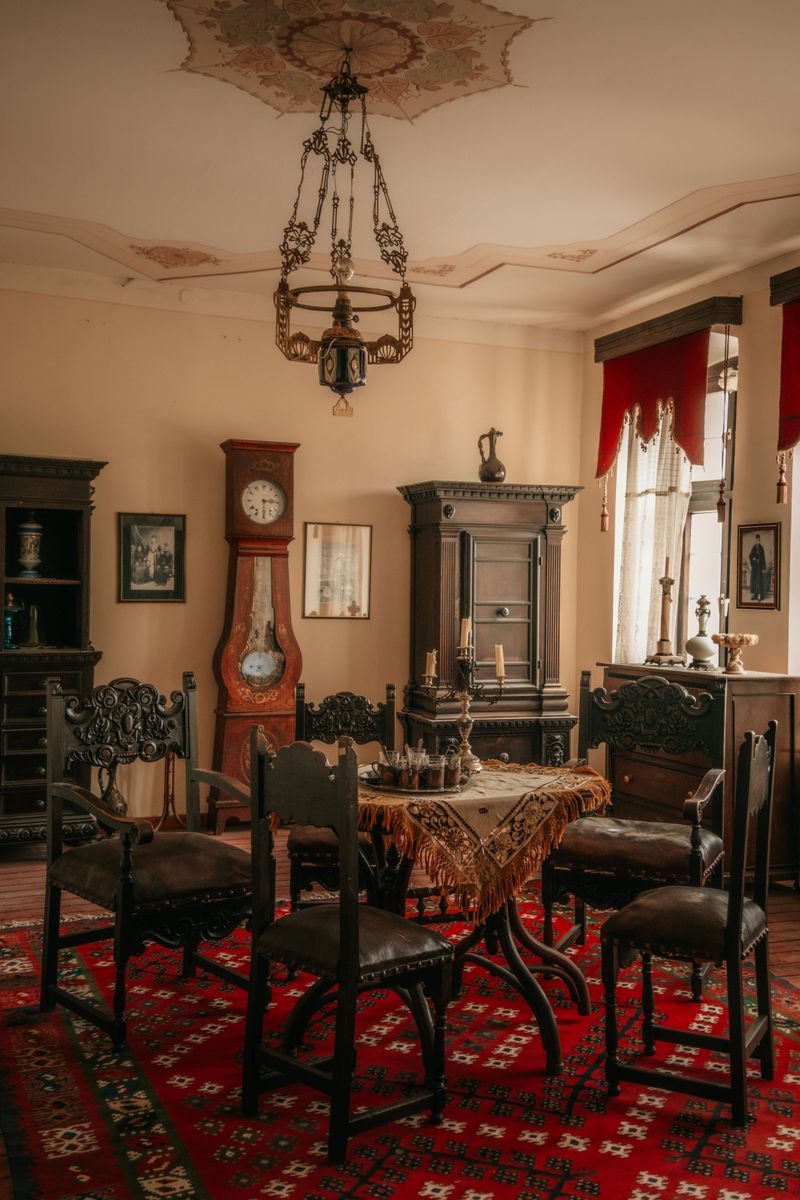
If you’ve watched period dramas, you’re familiar with the parlor – that formal sitting room where families received guests and displayed their finest possessions. These rooms were designed for propriety and structured social calls, not casual hangouts.
Today’s homeowners prefer living rooms that actually feel livable. The stiff formality of parlors, with their delicate furniture and strict social rules, has given way to comfortable spaces where people can truly relax.
Modern homes emphasize comfort over formality, with plush seating, entertainment centers, and layouts that encourage conversation rather than proper posture. The parlor’s purpose has been absorbed by more versatile, welcoming living spaces.
4. Sewing Rooms
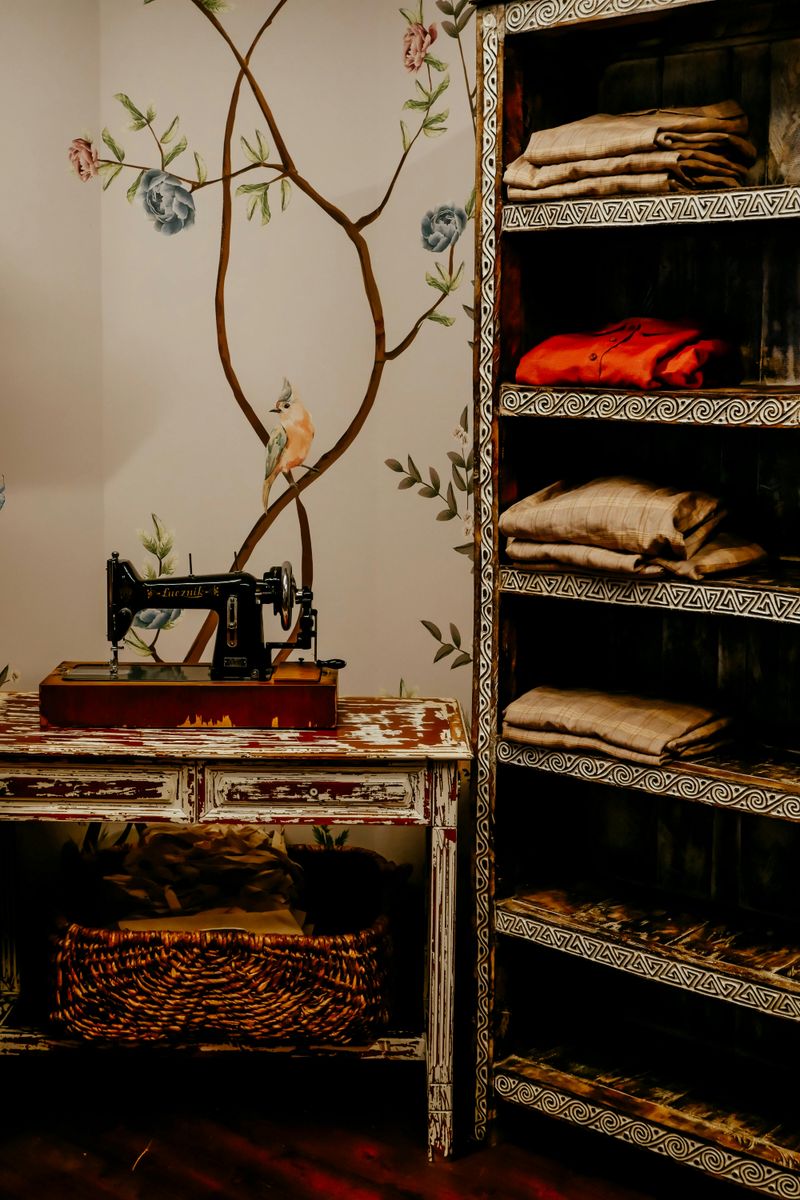
When clothing was handmade or required frequent mending, dedicated sewing rooms made perfect sense. These spaces housed sewing machines, fabric, patterns, and all the tools needed for clothing creation and repair.
Fast fashion and affordable ready-to-wear clothes have largely eliminated the need for home sewing as a necessity. While crafting and DIY projects remain popular hobbies, few modern homes dedicate entire rooms to these activities.
Today’s crafters typically carve out multipurpose spaces that can accommodate various projects rather than rooms dedicated solely to sewing. Portable sewing machines and compact storage solutions make it possible to pursue this hobby without sacrificing an entire room.
5. Butler’s Pantries
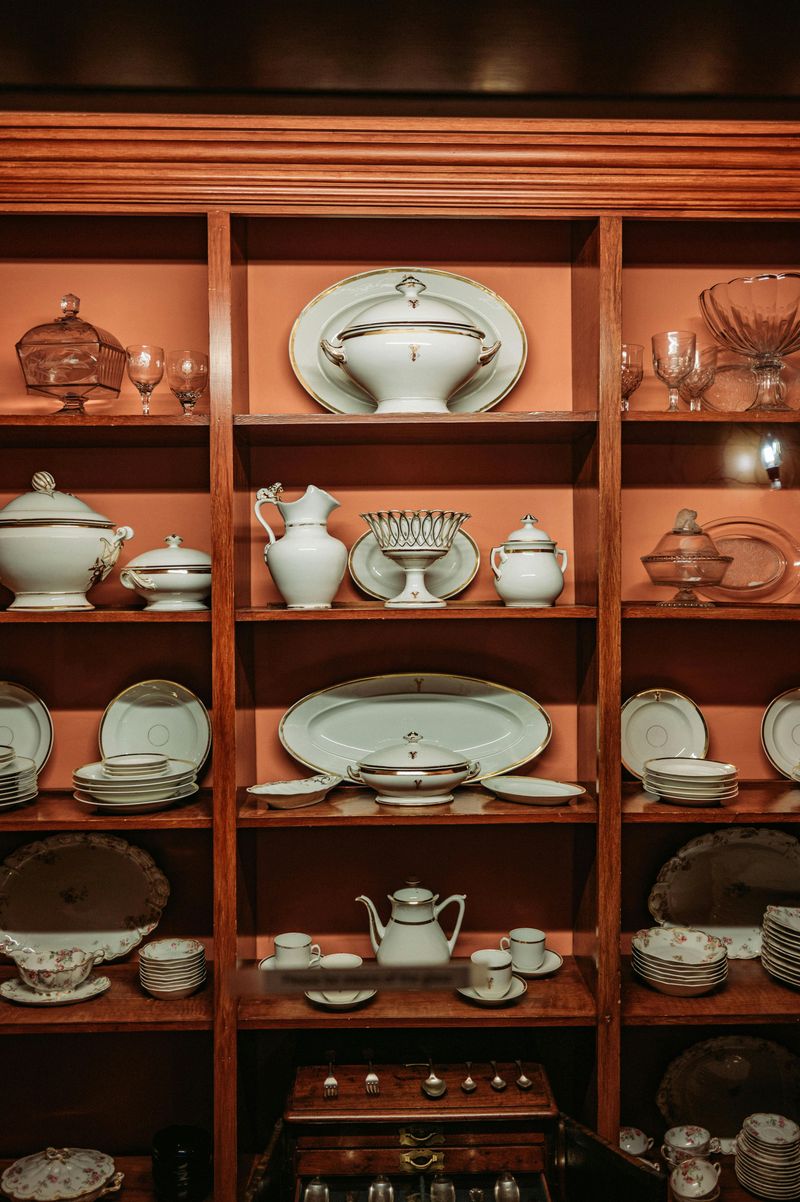
Situated between kitchens and dining rooms, butler’s pantries were essential in homes with household staff. These transition spaces allowed servants to prepare final touches on meals before presentation and provided storage for fine china and silver.
Modern homes rarely employ butlers or formal serving staff, making these rooms unnecessary for most families. The function of food preparation and storage has been consolidated into larger, more efficient kitchen designs with ample cabinetry and countertop space.
Though some luxury homes still include butler’s pantries for entertaining purposes, they’re more likely to function as beverage stations or additional storage rather than workspaces for household staff. The formal dining culture that necessitated these spaces has largely disappeared.
6. Libraries with Built-in Shelving
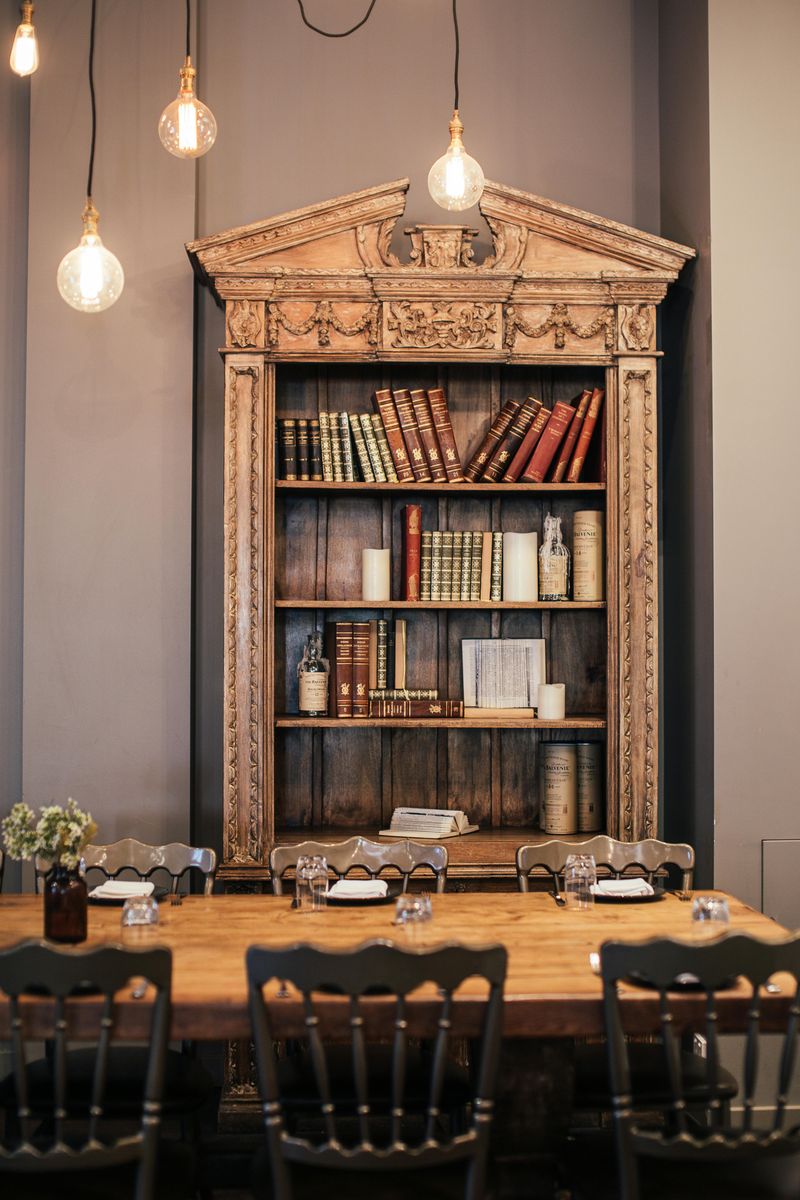
Home libraries once showcased a family’s knowledge and cultural refinement. These rooms featured wall-to-wall bookshelves, comfortable reading chairs, and perhaps a writing desk – all dedicated to the pursuit of knowledge through physical books.
Digital reading has transformed how we consume literature. E-readers, tablets, and audiobooks have reduced the need for extensive physical book collections, making dedicated library spaces seem extravagant to many homeowners.
While book lovers still appreciate built-in shelving, few modern homes allocate entire rooms solely for reading and book storage. Instead, reading nooks integrated into living spaces or bedrooms have become more common, reflecting our changed relationship with physical books.
7. Sunrooms
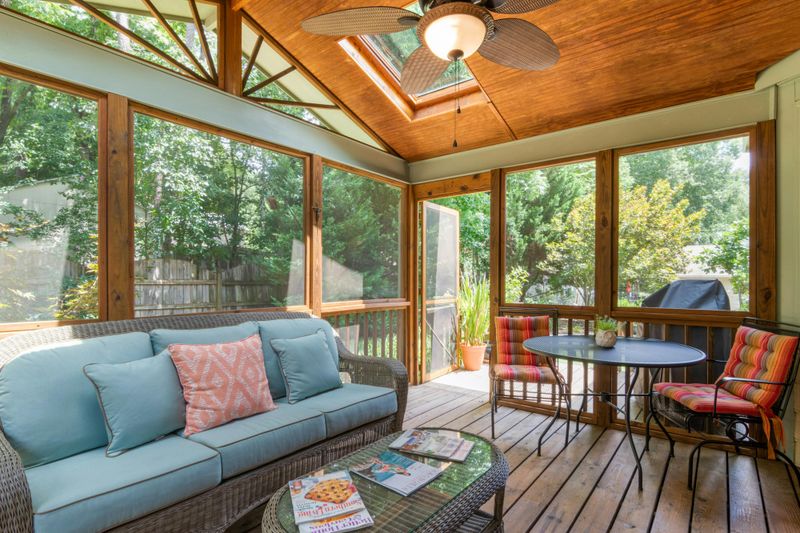
Sunrooms emerged as a way to enjoy nature’s beauty while remaining protected from the elements. These glass-enclosed spaces were popular additions to homes built in the mid-20th century, offering a bright spot for morning coffee or afternoon relaxation.
Modern architectural trends favor outdoor living spaces like decks and patios over enclosed sunrooms. Improvements in building materials and outdoor furniture have made it more practical to create comfortable outdoor living areas that can be used much of the year.
Additionally, energy efficiency concerns have made all-glass rooms less appealing, as they can be difficult to heat and cool effectively. Today’s homeowners often opt for covered porches with retractable screens instead of fully enclosed sunrooms.
8. Formal Living Rooms
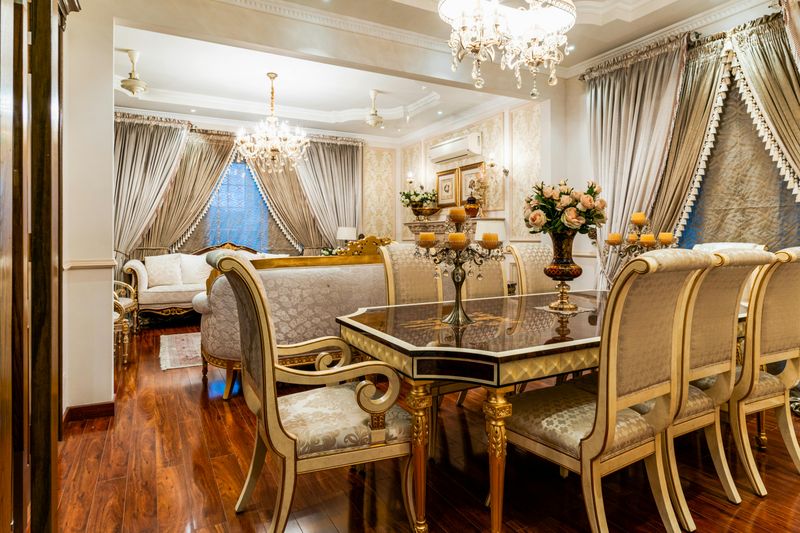
Different from everyday family rooms, formal living rooms were designed specifically for entertaining guests. These spaces featured the home’s best furniture and decorative objects but remained largely unused during normal family life.
Today’s homeowners prefer spaces that serve daily purposes rather than rooms reserved for occasional use. The concept of having a pristine, rarely-used room seems wasteful when housing costs continue to rise.
Modern floor plans often eliminate the distinction between formal and casual living areas, creating instead one comfortable, well-designed space that works for both family life and entertaining. This shift reflects our more relaxed social norms and desire for homes that function efficiently for everyday living.
9. Game Rooms
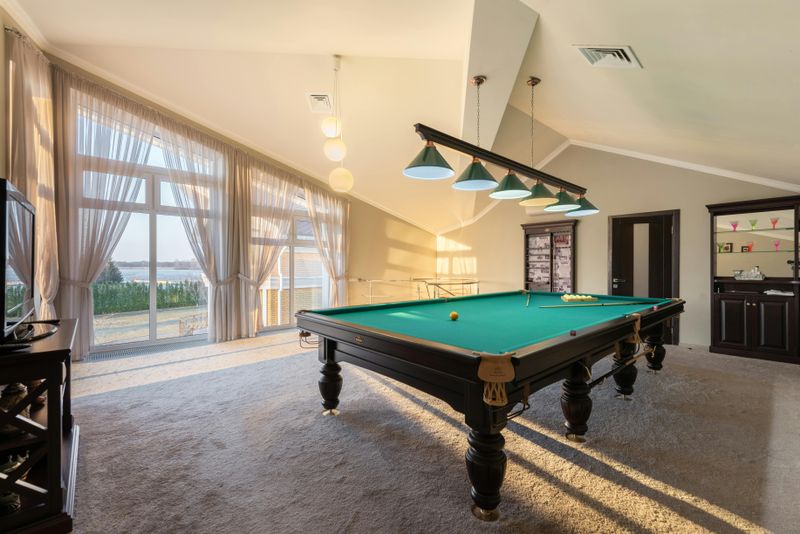
Dedicated spaces for billiards, card games, and other adult entertainment were common features in larger homes of previous generations. These rooms often featured built-in cabinetry for game storage, specialized lighting over game tables, and perhaps a small bar area.
Digital entertainment has largely replaced traditional table games in many households. Video game consoles, streaming services, and other digital diversions don’t require dedicated rooms, as they can be enjoyed in living rooms or bedrooms.
When modern homes do include game spaces, they’re typically multipurpose areas that accommodate various activities rather than rooms designed specifically around billiards or card tables. This flexibility better serves changing family interests and needs over time.
10. Conservatories
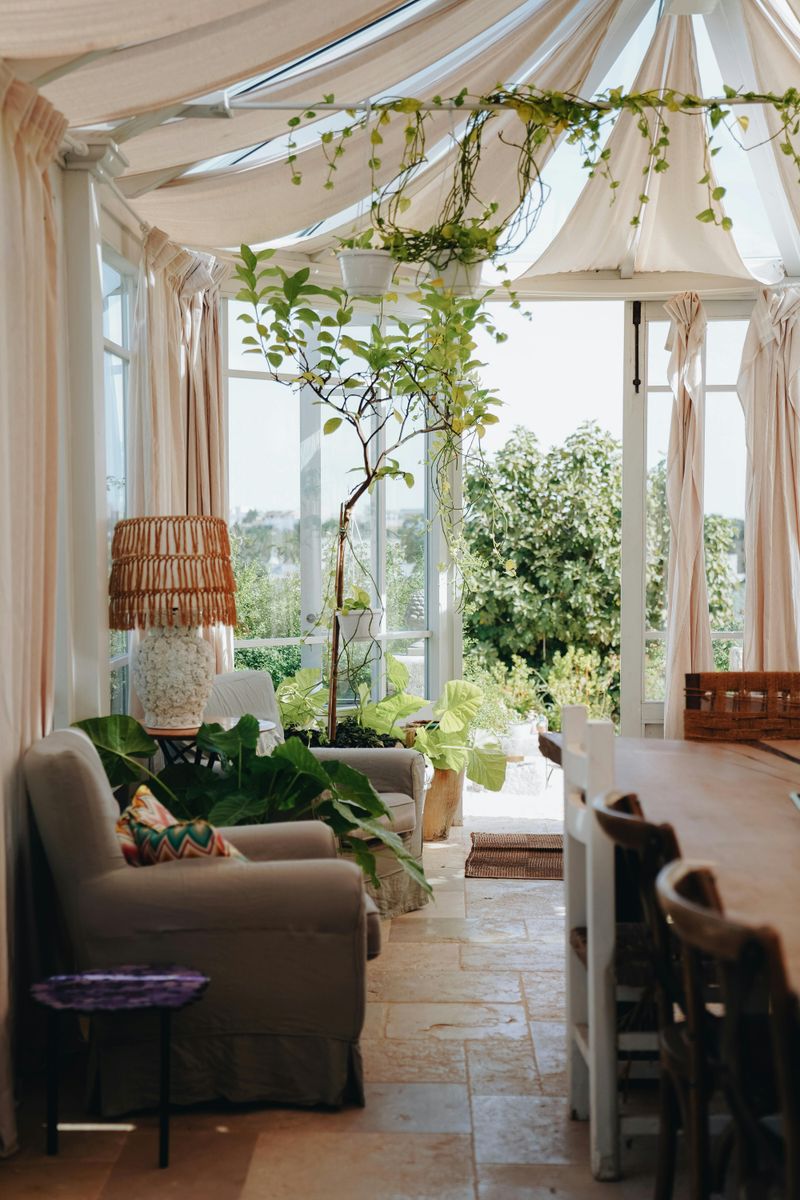
With their glass walls and ceilings, conservatories brought the garden experience indoors. These rooms originated in the Victorian era as spaces to display exotic plants and create year-round garden environments, particularly in colder climates.
Modern homeowners rarely dedicate entire rooms to plant cultivation. Maintenance challenges, energy efficiency concerns, and changing aesthetic preferences have made traditional conservatories less appealing in contemporary homes.
Today’s plant enthusiasts typically incorporate greenery throughout their living spaces rather than containing it in a single room. Large windows, skylights, and strategic plant placement achieve similar effects without the expense and maintenance requirements of a traditional conservatory.


